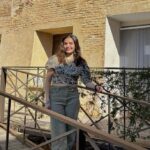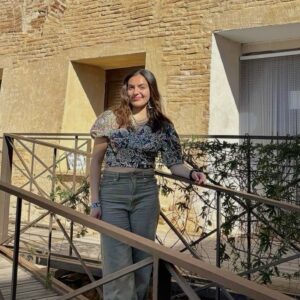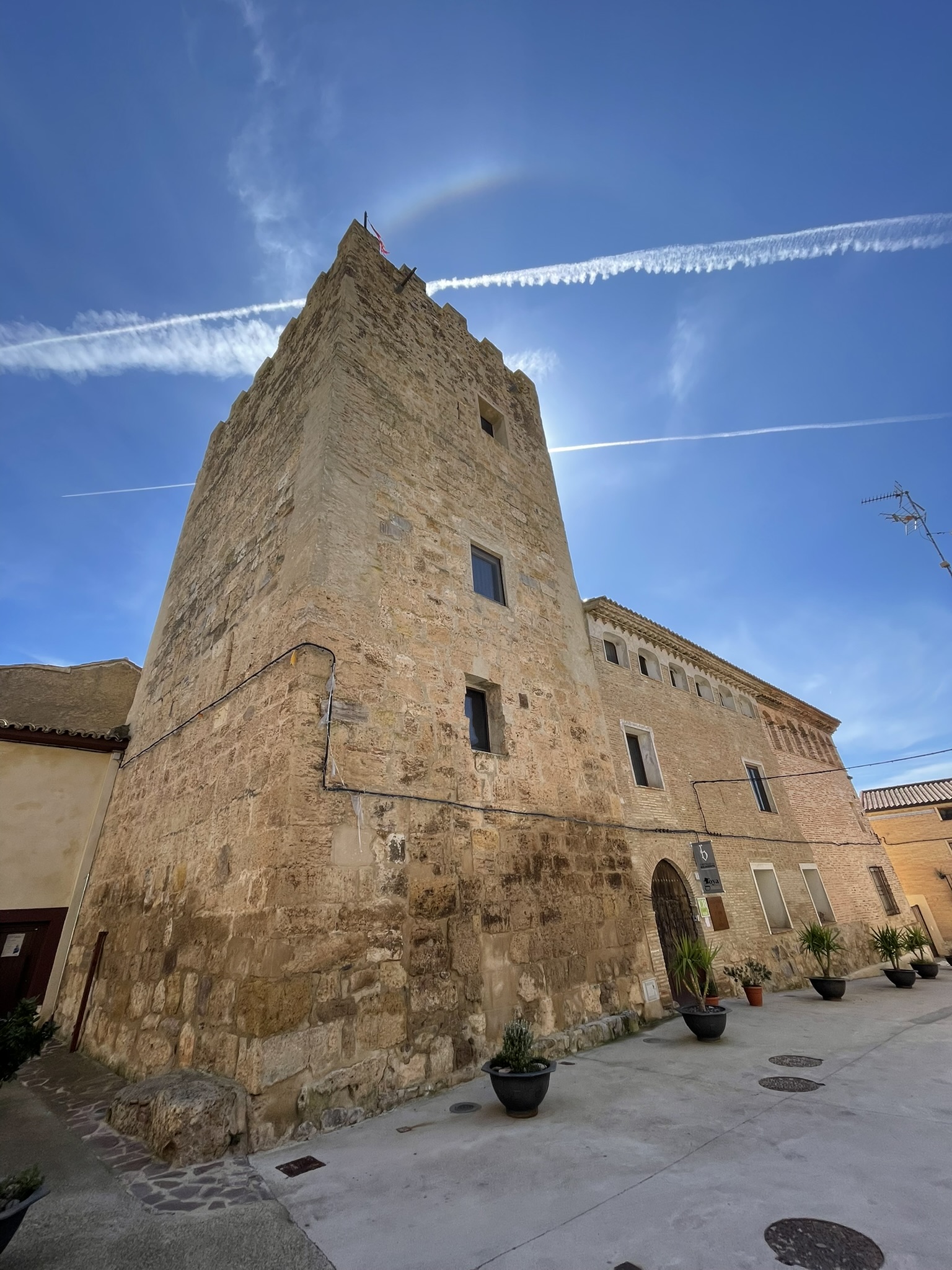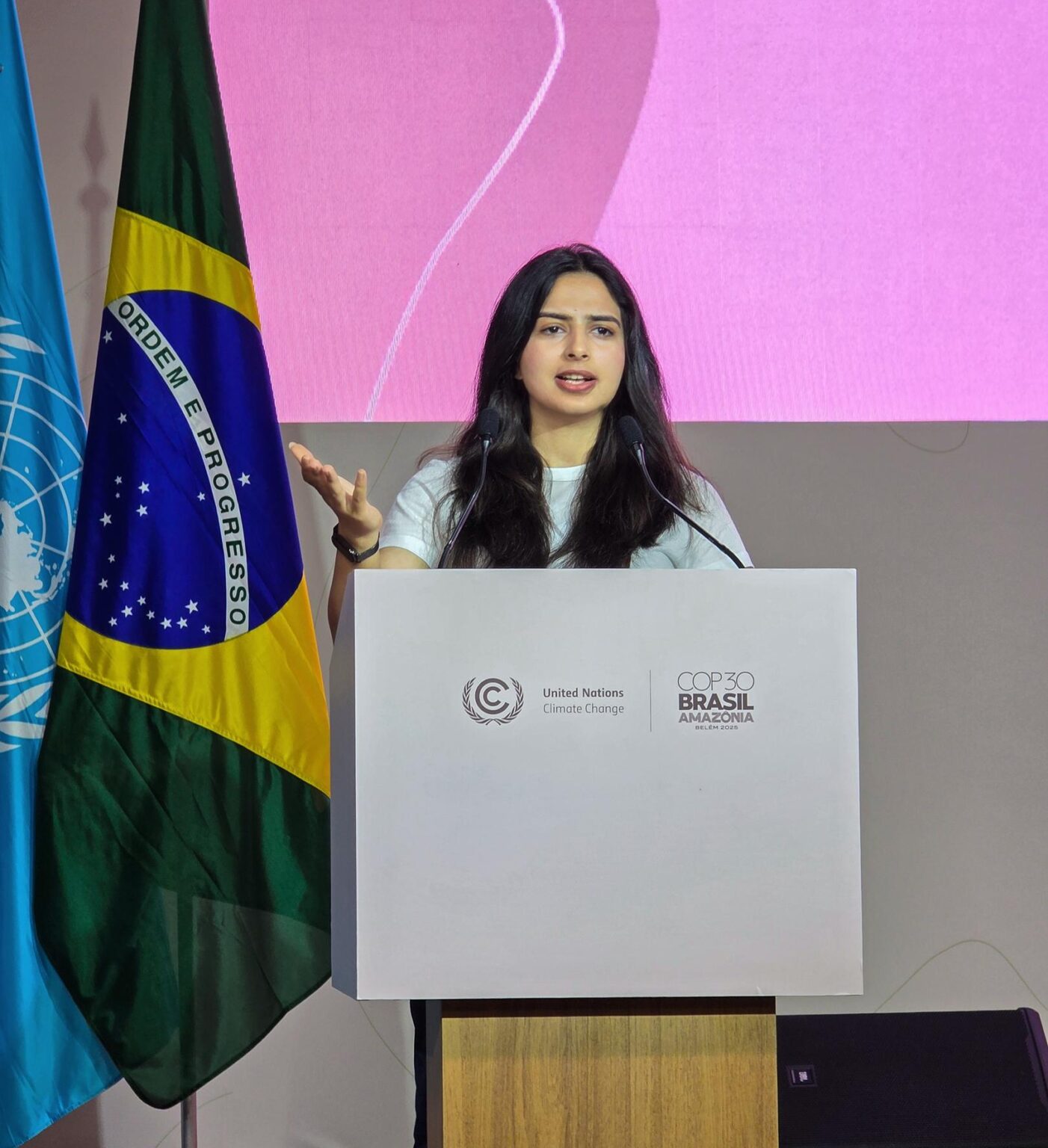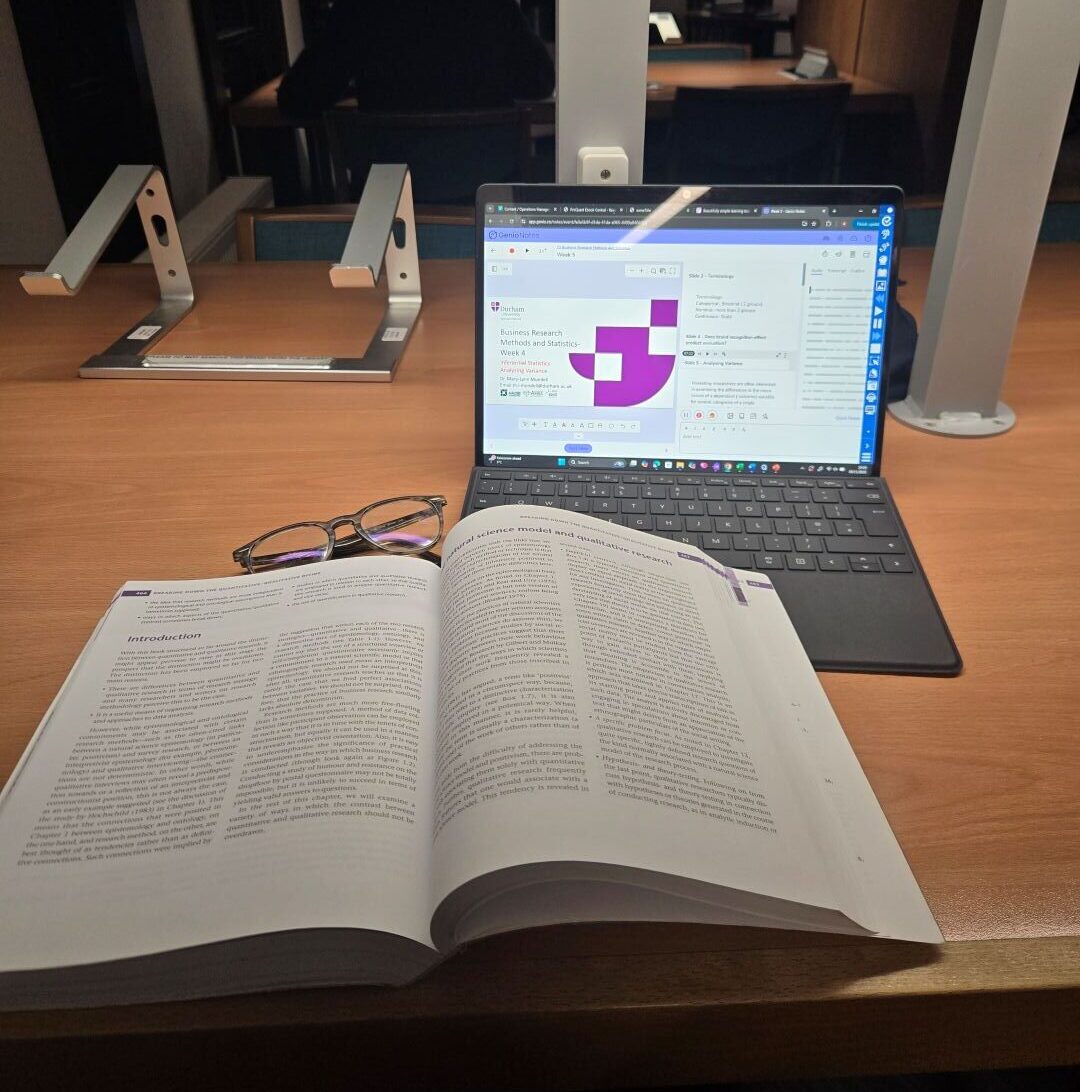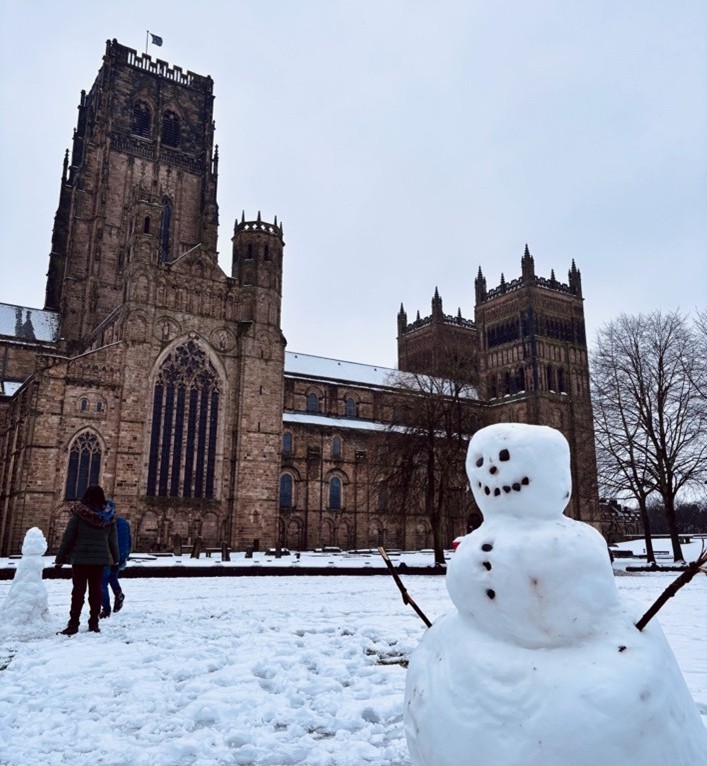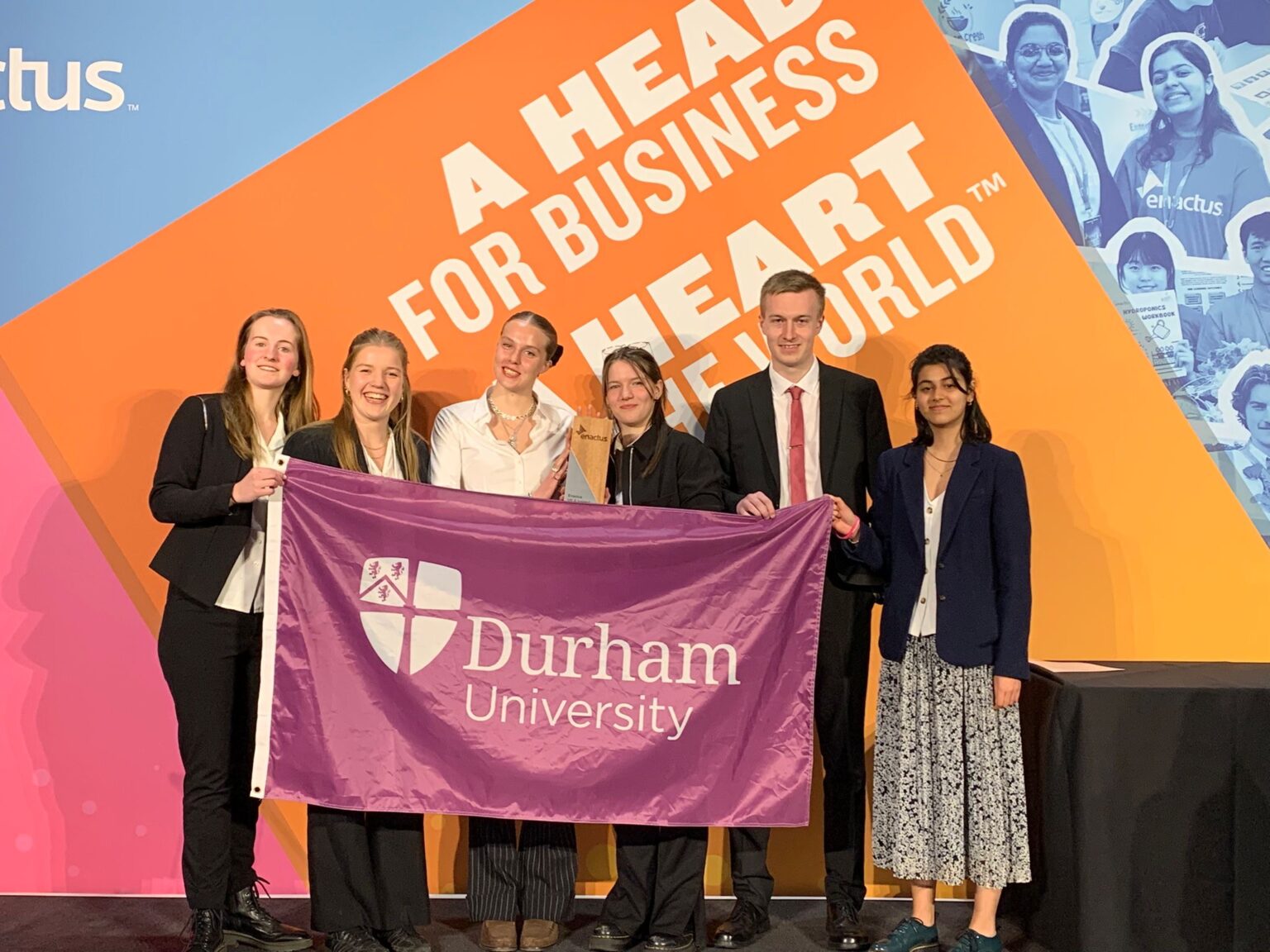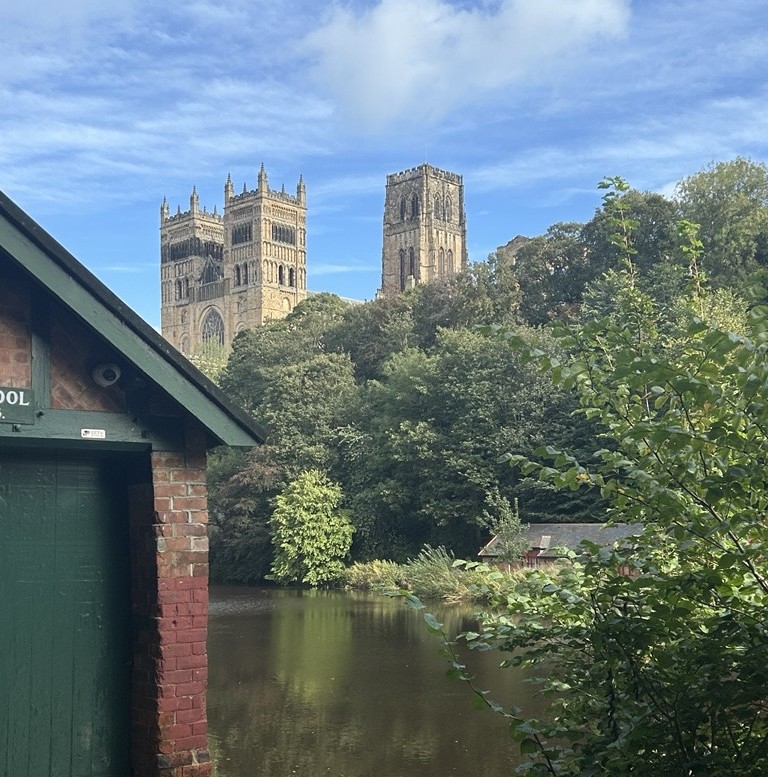As part of my MA in International Cultural Heritage Management, I conducted a study at the Castillo-Palacio de Bulbuente, a restored medieval castle in rural Aragón, Spain, now functioning as a boutique heritage hotel. The project centred on understanding how well the site’s historical and cultural significance was communicated to guests and residents, and how these narratives might be deepened, shared more widely, and made more accessible.
To do this, I carried out on-site surveys on guests staying at the hotel and residents of the host village, over three weeks. These surveys were designed to explore levels of historical knowledge, motivations for visiting, engagement with existing interpretation, and interest in deeper involvement. I also reviewed similar heritage hotels nearby to compare interpretation strategies and learn from best practices. Ultimately, I developed a set of low-cost, meaningful proposals that could help make Bulbuente Castle not just a beautiful place to stay, but a place to learn, reflect, and connect with local heritage.
Context
The Castillo-Palacio de Bulbuente has a long and layered history. Originally built by Cistercian monks in the 13th century as an outpost of the nearby Veruela Monastery, it has been expanded, besieged, divided, and almost destroyed over the centuries. In the 19th century, the castle was sold and split into five homes, resulting in structural changes that damaged much of its original architecture. Through the 2010s, the Castle was bought by Manuel Giménez Aperte, an avid art collector and conservator from the nearby town of Borja. The castle was excavated by teams of Durham University archaeology students and archaeologists from the Aragonese community. The castle was restored and adapted by its new owners, Mr. Giménez, Luis Zueco, and Elena Real, individuals with strong backgrounds in cultural heritage, literature, and conservation, who eventually transformed it into a boutique hotel.
This type of adaptive reuse is increasingly recognised as a powerful tool in sustainable heritage management. Rather than leaving sites to deteriorate or converting them into static museums, adaptive reuse allows historic places to serve modern needs while retaining their cultural value.
Findings
Interviewing guests revealed fascinating insights. Most had booked their stay because of the castle’s ambience, its reputation as a boutique hotel, and the influence of Luis Zueco, whose historical fiction novels and online presence had drawn attention to the site. Yet, despite staying in a place rich with history, most guests arrived with little to no knowledge about the site’s past, and many were surprised to learn about the castle’s connection to the Veruela Monastery or the extensive archaeological work done just a few years ago.
That said, almost everyone expressed a genuine desire to know more. What stood out to me most was how much people appreciated moments of spontaneous learning, whether through a guided tour, a casual conversation with a staff member, or even just spotting a historical artefact in the corridor. Those who had interacted with Mr. Zueco or taken part in a tour described these experiences as highlights of their stay. These personal touches made the history feel alive and accessible.
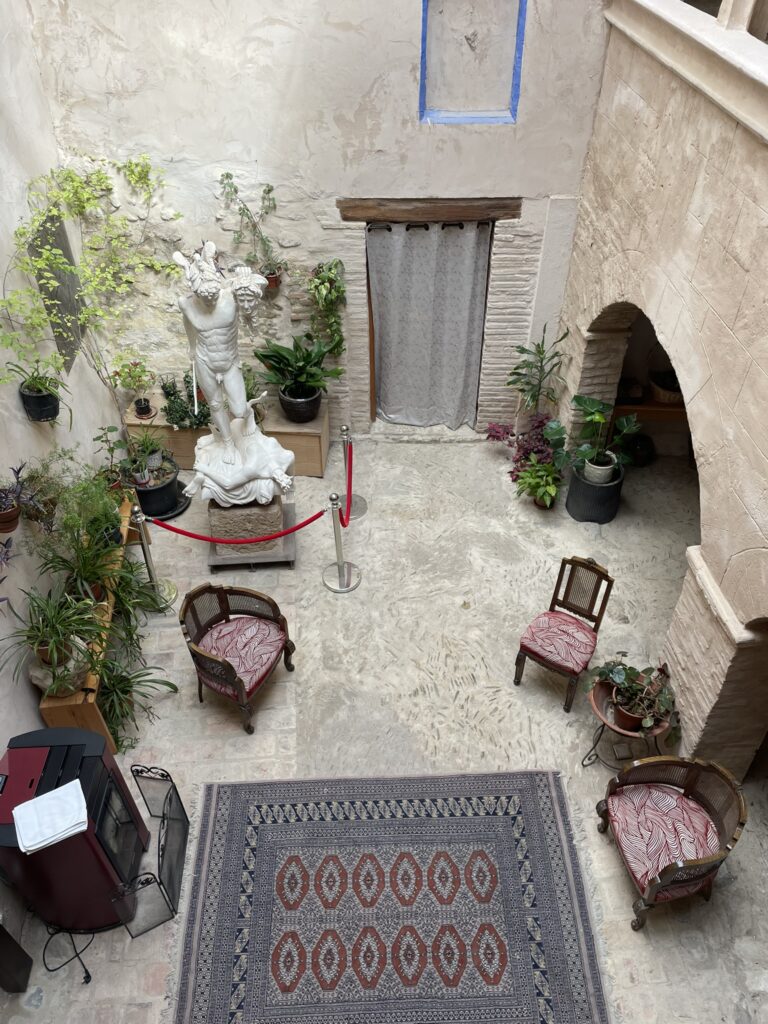
Engaging with residents was an entirely different challenge, and an incredibly rewarding one. At first, I encountered a lot of hesitation. In a small rural village like Bulbuente, people are naturally cautious of outsiders, and it took time to build trust. I quickly learned that, contrary to my previous experiences with similar projects, casual introductions and friendly conversations were essential. I spent hours in the local shop and bar (the only social hubs in the village), chatting, sharing a coffee, and letting people get to know me before I even brought out the survey questions.
Through this approach, I was able to gather detailed, thoughtful responses. Many residents expressed pride in having a historic site in their village, even if they didn’t visit it often. Knowledge about the castle was often passed down informally, through stories, family memories, or novels by Mr. Zueco, but very few had accessed formal interpretive resources.
The desire to be more involved was clear. Residents valued the restoration of the castle and its increased visibility, but they also wanted more opportunities to engage with it culturally, socially, and symbolically. There was a real sense that the castle should be “opened up”, not just for tourists, but for the community too.
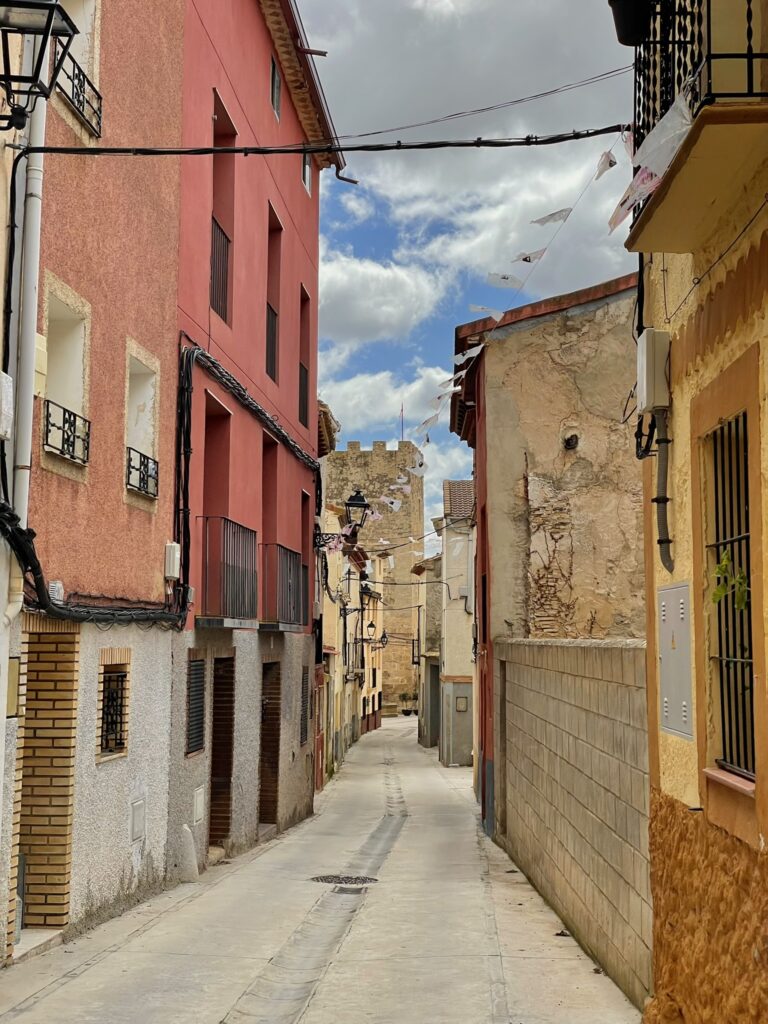
Based on the insights from my surveys and observations, I put together a series of proposals aimed at bridging the gap between interest and interpretation. Each proposal was designed to be low-cost and adaptable, building on existing resources and local knowledge and integrating theories of heritage management, sustainable tourism strategies and intangible cultural heritage preservation. Together, they aimed to transform the castle from a place people passively admire into a site they can actively connect with. Although I did not have the opportunity to implement these proposals during my placement, I look forward to working with the Castle again soon to bring some of my ideas to reality.
Personal learning and development
This placement helped me grow in more ways than I could have imagined. From a practical standpoint, I learned to design, conduct and interpret surveys using tools like Zoho Survey, and I gained first-hand experience in designing engagement strategies based on real data.
I also developed confidence in networking. I met and worked alongside leading heritage professionals in Spain, including archaeologists, curators, researchers, writers and conservators, learning from their extensive experience and creating fruitful relationships with them. I was also able to observe the curation and help with the translation of the interpretative material of an art exhibition curated and displayed at the Castle.
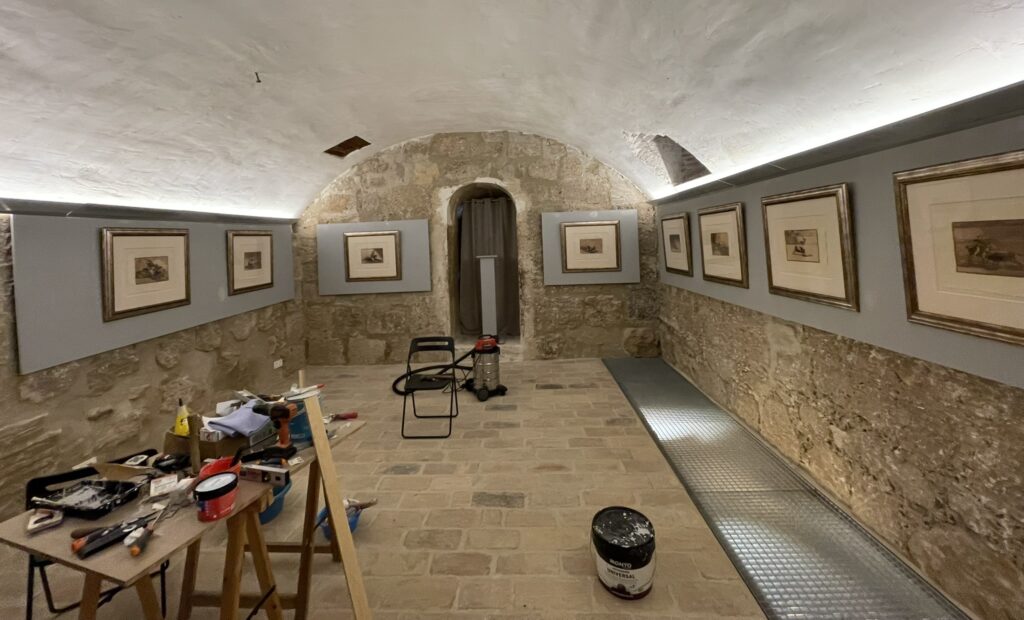
Of course, there were challenges too, particularly with data collection methods. The strategies I had initially planned based on previous experiences in the UK proved to be inefficient in Bulbuente because of cultural and lifestyle differences. I had to adapt my approach accordingly, at times with very short notice, and continuously revise my methods to gather the data I needed. Working in a tight-knit rural community required patience, adaptability, and emotional intelligence. At first, I found the slower pace challenging, but I soon realised that these interactions weren’t a delay; they were the heart of the work. The trust I built made the data richer, the insights deeper.
Final thoughts
Bulbuente Castle is more than just a place to stay. It’s a living link to the region’s past, a symbol of pride for the community, and a site with significant potential to contribute to building local identity, community resilience, and research on the ever-increasing importance of adaptive reuse. My time there showed me that heritage isn’t just about preservation. It’s about participation and finding ways to tell stories that matter, both to the people who live there and those who visit.
This project has deepened my commitment to working in cultural heritage. It has taught me the value of listening, adapting, and bridging the space between theory and lived experience. It also inspired me to begin my own project on Instagram, making art and history more accessible to everyone, no matter their background, through engaging photo and video content. I finished my placement with the hope that I might be able to bring some of my proposals to life, and with the firm belief that Bulbuente has everything it needs to become a leading example of sustainable, inclusive heritage reuse.
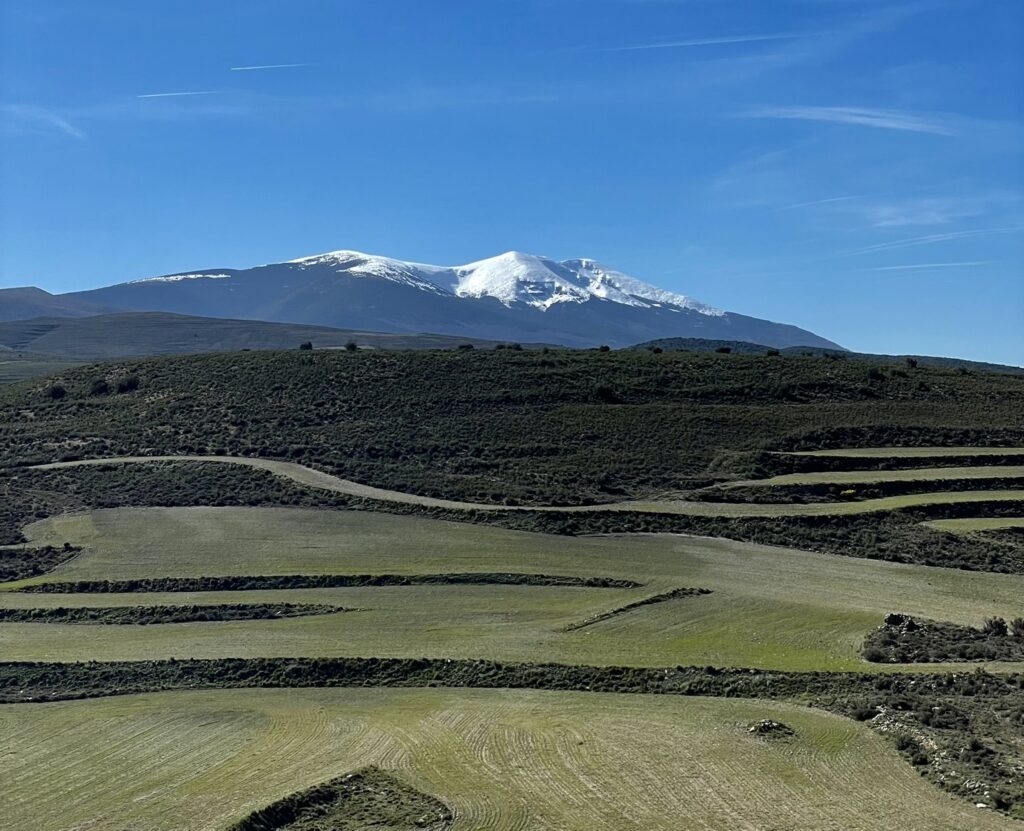
Acknowledgements
I would like to thank Prof. Christopher Gerrard for supporting me throughout this placement; my supervisors Dr Mark Manuel and Dr Christopher Davis for guiding my work; the wonderful Manuel, Luis, Elena and Mapi at the castle for welcoming me to their hotel; the amazing community in the village of Bulbuente for taking part in the study; and Isidro Aguilera (Museo de Zaragoza), Ricardo Centellas (Diputación de Zaragoza), and Manuel Gracia (Centro de Estudios Borjanos) for taking time out of their busy schedules to receive me in their institutions.
Discover more
Feeling inspired? Take a look at our Archaeology Department
Download our latest prospectus and college guide here.
To see more of Durham student life, follow The Durham Student on Instagram, TikTok and YouTube.
